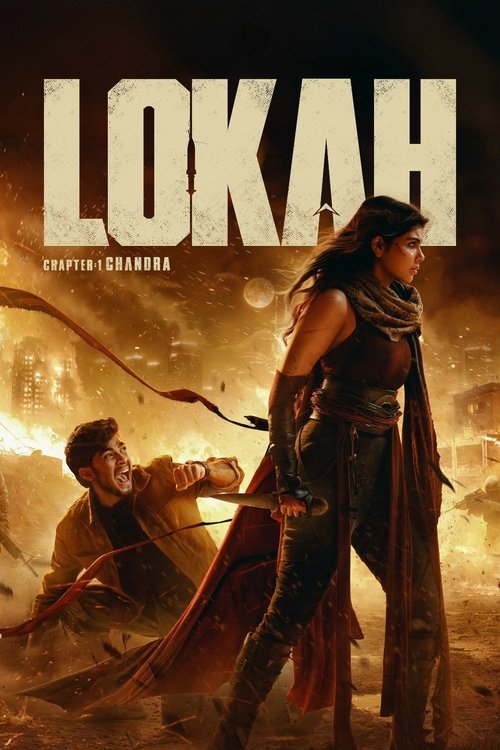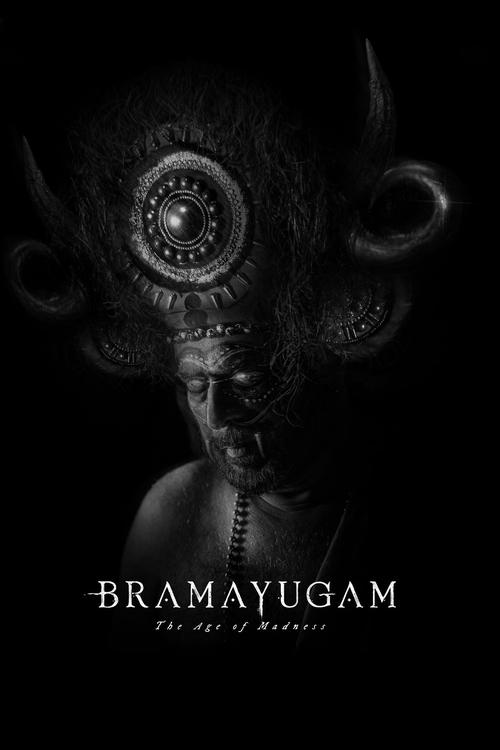Opening
'Rambo: First Blood Part II' isn't just a movie; it's a monumental piece in the realm of action cinema, especially when discussing films from the 1980s. Under the direction of George P. Cosmatos, and often misattributed to Asia films or India cinema due to its widespread popularity across the continent, this 1985 classic has cemented its place in cinematic history. In this exploration, we'll dive into the film's unique storytelling, visual style, and why it remains a must-watch in the genre of action movies.
Visual Style and Director's Approach
George P. Cosmatos brought a distinctive visual style to 'Rambo: First Blood Part II' that set it apart from other action cinema of its time. The use of lush, exotic landscapes juxtaposed with the gritty reality of war created a visually compelling narrative. Cosmatos emphasized realism and intensity in the action sequences, making them feel both visceral and authentic. This approach not only enhanced the cinematic experience but also pushed the boundaries of the genre.
Sensory Details
From the roaring sounds of helicopters to the dense, green jungles, the film immerses viewers into its world. The director's choice to shoot in natural, challenging locations added a layer of realism to the narrative, making the action scenes more impactful and believable.
Performances and Storytelling
The performances in 'Rambo: First Blood Part II', led by Sylvester Stallone, are a crucial element of its success. Stallone's portrayal of John Rambo is both powerful and nuanced, capturing the complexity of a soldier haunted by his past yet determined to forge ahead. The screenplay, co-written by Stallone, weaves a compelling narrative of redemption and resilience, elevating the film beyond standard action fare.
Narrative Drive
The narrative of 'Rambo: First Blood Part II' is skillfully crafted, with a clear emotional arc for the protagonist. This storytelling prowess ensures that the action sequences are not just visually stunning but also emotionally resonant, adding depth to the cinematic experience.
Impact and Cultural Significance
The legacy of 'Rambo: First Blood Part II' extends beyond its box office success. It played a significant role in shaping the action genre, influencing countless films that followed. Its portrayal of a lone hero battling against the odds resonated with audiences worldwide, making it a cultural phenomenon.
Broader Implications
The film's impact is also evident in how it addressed the trauma of war and the plight of veterans, topics that were rarely explored with such depth in action cinema at the time. This thematic depth contributed to its lasting relevance and critical acclaim.
Closing
In conclusion, 'Rambo: First Blood Part II' is more than just an action film; it's a pivotal piece of cinema that showcases the best of storytelling, performances, and visual style. Directed by George P. Cosmatos, it stands as a testament to the power of action cinema to not only entertain but also provoke thought and conversation. Whether you're a die-hard fan of action movies or simply a cinema lover looking for films that push the envelope, 'Rambo: First Blood Part II' is essential viewing. Its legacy as one of the best action films continues to endure, making it a must-watch for anyone interested in the evolution of the genre.
🎬🎬 Discover More World Cinema
Continue your cinematic journey with these handpicked selections



